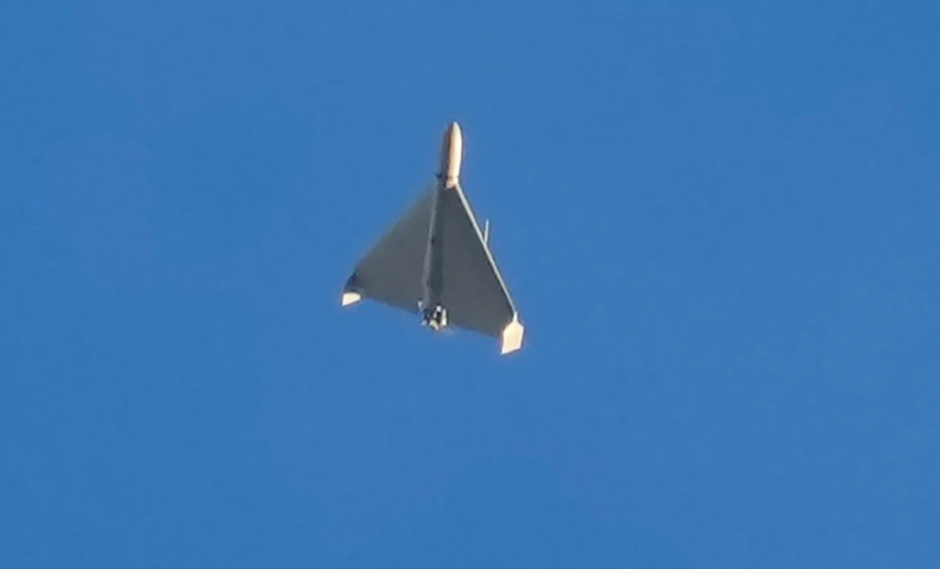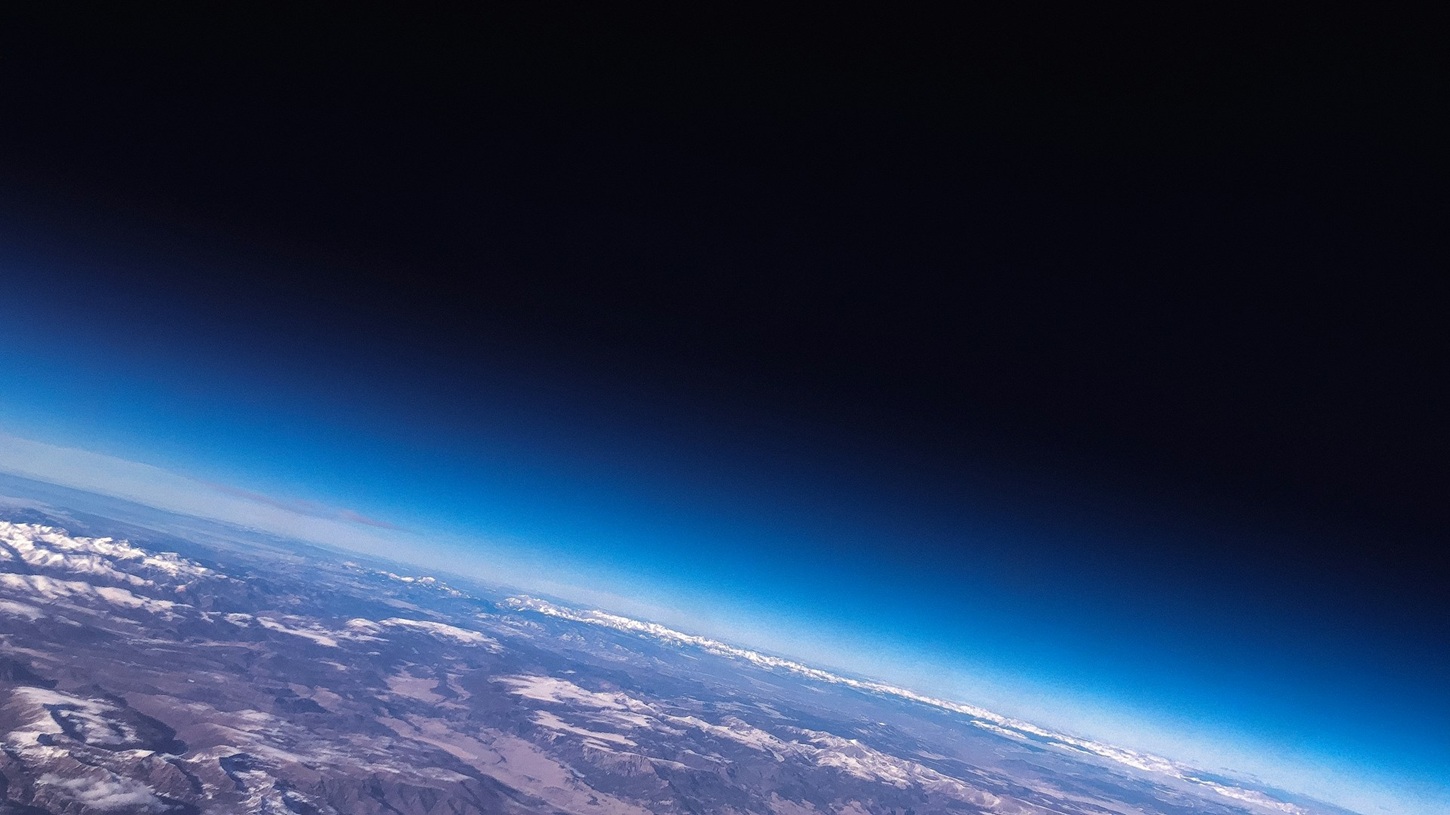the Mars Express The European Space Agency (ESA) orbiting Mars probe was launched in the summer of 2003 and arrived in December 2003. It then began its scientific work in 2004, spending its twentieth year around the Red Planet this year. This probe took the best and most detailed images of the surface and its composition, examined the interior of Phobos, and took measurements of the planet's atmosphere. Fortunately, he has done all of these things not only in the last 20 years, but continues to do them continuously.
ESA has put together a very special image for the occasion, a mosaic in which images from the probe's High Resolution Stereo Camera (HRSC) have been used. The images were taken by the probe from a distance of 4,000 to 10,000 kilometers, with the aim of covering the largest possible area. Essentially, Mars Express images the surface very close, at the point closest to its elliptical orbit, from about 300 kilometers. Then, on every frame, approx. An area 50 kilometers on a side can be seen with a resolution of about 10 meters per pixel, but a resolution of 2 meters can be achieved with the help of a camera.
Specialists used such unique images to compile the image. Colors that did not match due to various conditions were then corrected based on the overall color palette.
Source: ESA/DLR/FU Berlin/MOLA Scientific Team
However, 2,500 km regions are now included in each image, from which the probe's operators have assembled a mosaic to create an image of the entire planet. These types of images taken from a great distance study the characteristics of Martian weather (such as dust storms), but if there is nothing in the planet's atmosphere, this provides a great opportunity to image the surface.
However, it is not easy to reproduce the true colors of the surface, due to the constantly changing atmosphere and lighting. If a mosaic image had been created from the snapshots, its individual parts would have been colored differently. However, with the help of a new technique, they were able to avoid this problem: they created a color reference model based on high-altitude observations and calibrated each successive image to it. Through this, it has been achieved that instead of the dull color scheme that was previously artificially restricted, they can get a result that is much closer to the real one.
The resulting image is not only beautiful in itself, but the individual colors also stand out from the surface.
The Valles Marineres Rift Valley and its surrounding areas show different surface areas and even cirrus cloud in a small part.
Source: ESA/German Aerospace Center/FO Berlin/G. Michael,
The red planet gets its name from the red color resulting from the abundance of iron oxide on the surface, but in the current image we can see very large spots with dark bluish shades. These areas are areas of volcanic origin covered with dark gray-black basalt or sand composed of basalt, which can be found in large areas on the surface of Mars. These basalt sands are also moved by the wind, creating dune fields, for example, inside craters. Sulphate deposits can also be distinguished, especially in full-resolution images such as that of the Valles Marineris fault system. Although it is covered with a thin layer of sand, its various colors can still be recognized. These sediments testify to a past acidic environment, which could not have been conducive to the emergence of potential life either.
Our Mars Express spacecraft, which has been in operation for 20 years, has amazing performance: it was originally scheduled to operate for one Martian year (about 687 Earth days), but it has exceeded expectations in every respect. The probe will continue to operate until at least 2026, so it will be able to send home many exciting and beautiful images to entertain us all in the years to come.













































